Ancient Rome - 7th Geo
0.0(0)
0.0(0)
Card Sorting
1/25
Earn XP
Description and Tags
Study Analytics
Name | Mastery | Learn | Test | Matching | Spaced |
|---|
No study sessions yet.
26 Terms
1
New cards
aqueduct
a long pipe or channel that brings water from distant places.
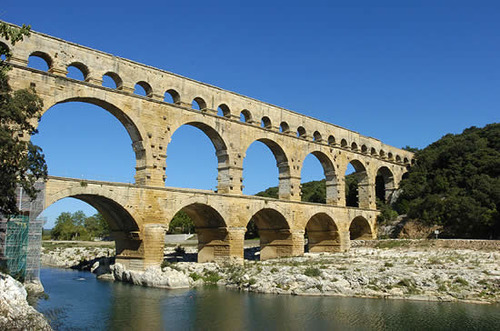
2
New cards
empire
a form of government that controls a large area with a diverse population and has one ruler, an Emperor
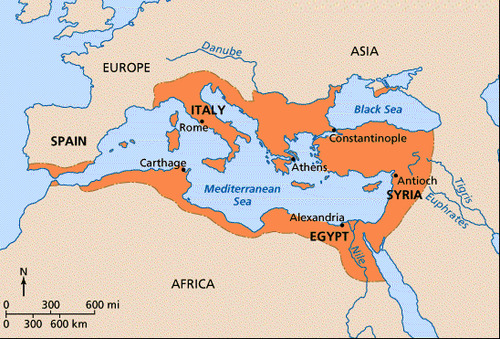
3
New cards
patrician
Upper class Roman citizens; hereditary (determined by birth) positions; many positions in the army and government can only be held by patricians
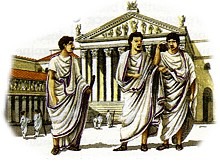
4
New cards
plebeian
ordinary Roman citizens (farmers, workers, craftsmen); had fewer rights than patricians
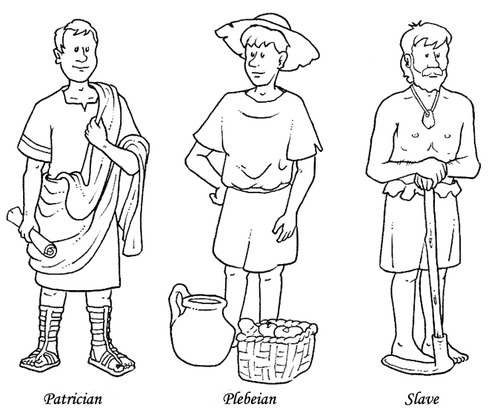
5
New cards
republic
a form of government, in which the citizens VOTE to select their leaders; Leaders rule in the name of the people
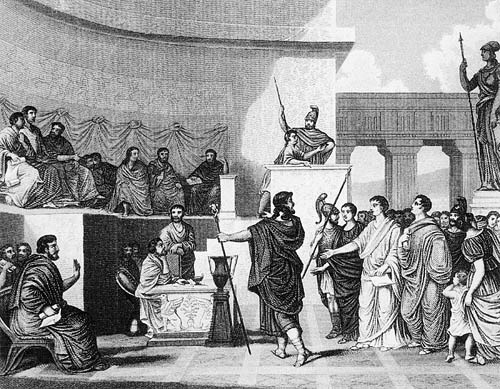
6
New cards
Rome's location
In central Italy, along the Tiber River, approximately 16 miles from the Mediterranean Sea.
7
New cards
Geographic features that made Rome ideal for a city?
- Rome was built on Seven Hills, which made it easy to defend.
- Rome was located on the Tiber River, which made transportation and trade easier.
- There was fertile soil which was good for farming.
- Rome was located on the Tiber River, which made transportation and trade easier.
- There was fertile soil which was good for farming.
8
New cards
Why did Rome have an advantage in trade?
Rome was in the central Mediterranean Sea which helped them control trade
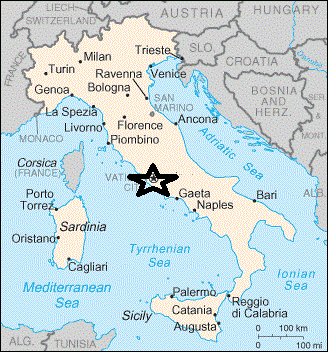
9
New cards
Punic Wars
Punic Wars - 3 wars with Carthage over control of Mediterranean; Rome wins and destroys Carthage in 146 BCE
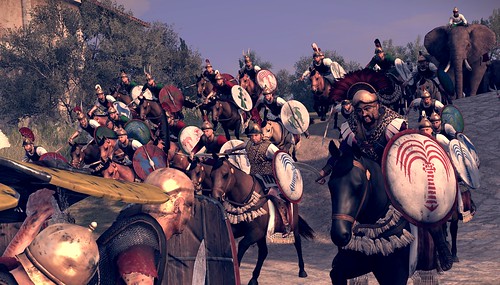
10
New cards
Forms of Roman government experienced?
3 different forms -
1st - Monarchy
2nd - Republic
3rd - Empire
1st - Monarchy
2nd - Republic
3rd - Empire
11
New cards
Plebeians Life
lived in apartments called flats; small living spaces with no toilets or running water; made of wood; ate simple food - porridge, vegetables, fruit
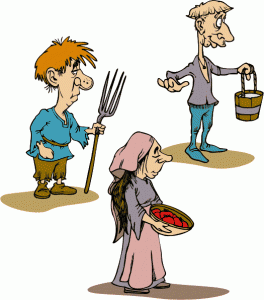
12
New cards
Homes of Patricians
Single family home with many rooms; made of brick; access to toilets and running water; ate more expensive foods - includes meat, bread, cheese
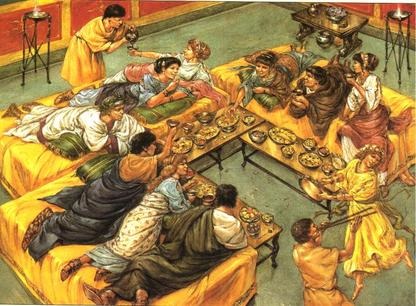
13
New cards
Roman contributions in architecture and engineering
Romans used arches, domes and vaults which we use in many of our buildings.
Romans developed concrete, which we use today
Romans developed new methods to build roads. Many Roman roads are still used today.
Romans developed concrete, which we use today
Romans developed new methods to build roads. Many Roman roads are still used today.
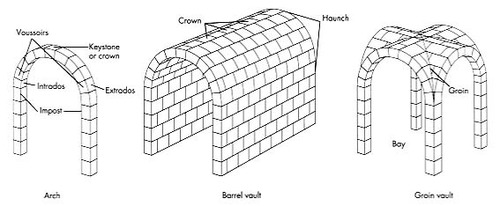
14
New cards
Roman language and writing
The Romans spoke Latin. Italian, Spanish and French are all based on Latin.
Many English words are based on Latin prefixes.
Examples - pre- means before post- means after
Many English words are based on Latin prefixes.
Examples - pre- means before post- means after

15
New cards
Roman art
Roman art still influences statues, murals, frescoes, and realism. Much of Roman art later influenced the Renaissance, an art movement made famous by Michelangelo and Da Vinci, among others. One such work of art influenced by Rome is Michelangelo's fresco in the Sistine Chapel in Vatican City.
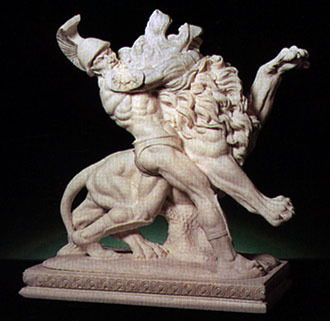
16
New cards
Roman law, philosophy, and citizenship
Romans developed laws on marriage, inheritance and contracts. Many European laws are still based on Roman laws.
Romans developed important ideas on justice. Roman judges tried to treat all people equally. That is an important idea in American law.
Romans developed important ideas on justice. Roman judges tried to treat all people equally. That is an important idea in American law.
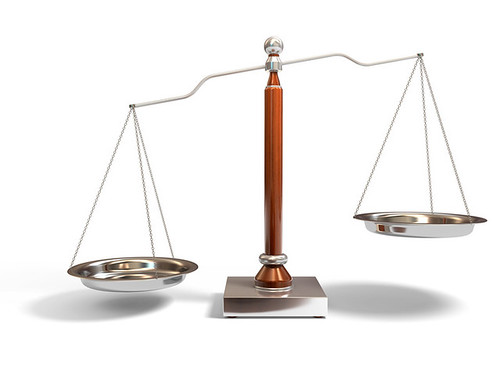
17
New cards
Primary reasons for the Fall of the Roman Empire
Foreign invaders, failing military discipline, poor leadership, economic issues, and natural disasters
18
New cards
Challenges of Early Christianity in the Roman Empire?
Rome initially persecuted (punished and mistreated) Christians as their beliefs were misunderstood
19
New cards
Ancient Rome Entertainment
Gladiator battles in Roman stadiums. The most important stadium was the Coliseum in Rome.
Chariot Races
Chariot Races
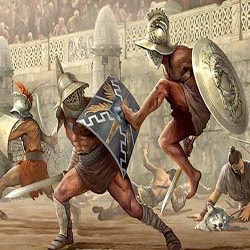
20
New cards
Roman Empire
At the height of the Roman Empire (1 A.D.), Rome controlled the entire Mediterranean region, stretching from Britain in the north, to Spain and Morocco in the west, then the Black Sea and Mesopotamia in the east, and down through Egypt and north Africa, but limited to the south by the Sahara Desert.
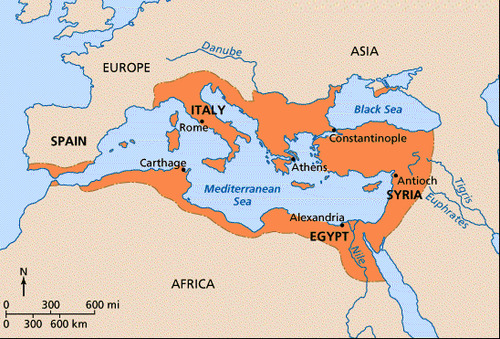
21
New cards
Colosseum
A large stadium in ancient Rome where athletic events took place
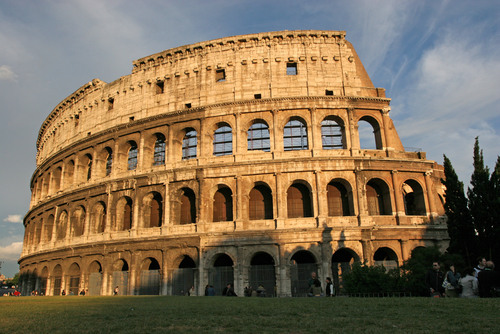
22
New cards
Tiber River
The river where Rome was founded; runs through the city
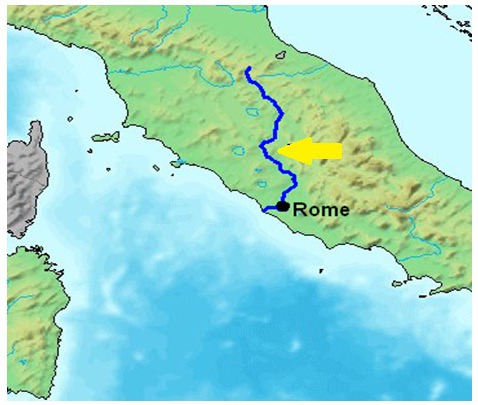
23
New cards
Mediterranean Sea
Body of water that separates Europe and Africa; made trade by water easier
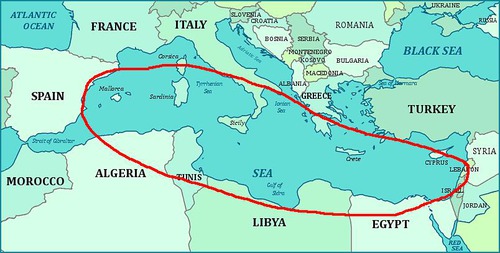
24
New cards
3 types of government Rome experienced
Monarchy 753 BCE-509 BCE
Republic 509 BCE-27 BCE
Empire 27 BCE-476 CE
Republic 509 BCE-27 BCE
Empire 27 BCE-476 CE
25
New cards
How did the Roman government change during the time of Julius Caesar and Octavian? What were their roles in this change?
Julius Caesar became a dictator with no end claiming more power than any Roman had ever had during the Republic. The Senators hated him for it, killed him on the floor of the Senate, and then a civil war started.
Octavian won the civil war after 17 years and became the emperor, with total power, taking the name Augustus.
Octavian won the civil war after 17 years and became the emperor, with total power, taking the name Augustus.
26
New cards
mythical founding of Rome
The mythical founding of Rome = twin brothers Romulus and Remus. When they were babies, the brothers were thrown in a river because their uncle didn't want them to rule when they got older. They were saved by a she-wolf and later a shepherd, they grew old, killed their uncle, then Romulus killed Remus and became the first king of Rome, settling on the seven hills of Rome.